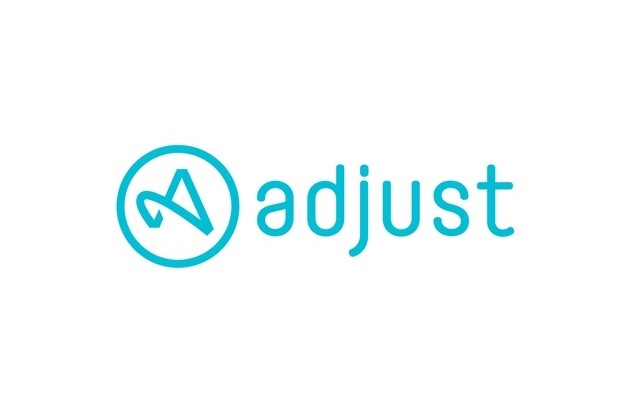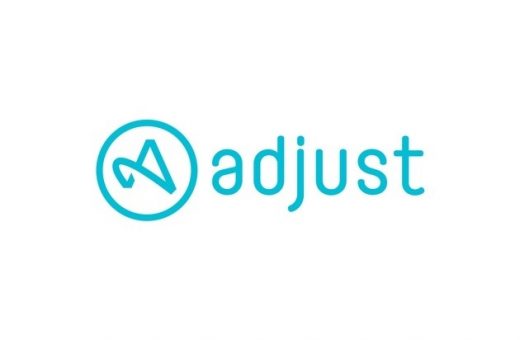Adjust unveils a new standard to combat fraudulent ad clicks
Called Click Validation Through Proof of Impression, it ties an ID in the ad impression to an ID in the ad click, and it is being adopted by a range of ad tech firms.

Berlin-based mobile measurement firm Adjust released a new standard for combating mobile click fraud this week.
Called Click Validation Through Proof of Impression, it is built around a basic principle: every mobile ad click in an app or on a mobile web page should be directly connected to the display — that is, the impression — of a specific ad.
ID matched with ID. To verify that, the ad impression must happen before the click, the impression must be reported by the ad network and the click is tied to that specific ad. These elements are coordinated and tied together by a unique ID that is tagged to the ad impression, and the same ID tagged to a click by the user on that ad.
Adjust says that, to its knowledge, this is the first time this approach has been undertaken by a significant number of industry players. Some ad networks use some variation of this technique, Adjust co-founder and CTO Paul Müller said in an interview, but it’s not widespread.
By employing this method, attribution providers like Adjust could connect every mobile ad click to the presentation of that ad, and also verify other factors, such whether the ad click was made on the same device as the ad impression, how many clicks came from a single ad impression, and whether the time between impression and click, or the ratio of impressions to clicks, is realistic.
‘Take the word’ that click occurred. Typically, Müller said, attribution providers and others “only see the click and take the word of the network that the click occurred [on a legitimate ad served on that network].” Meanwhile, the advertiser pays for that click or for an app install that happened soon thereafter, whether or not the click was on that ad or the install resulted from a click.
Currently, mobile attribution providers employ such anti-fraud methods as estimating if the frequency of ad clicks from a given IP address appears suspicious, because too many ad clicks are showing up from the same source in too short a time. But frequency patterns can be disguised by fraudsters.
Adjust said the new Click Validation Through Proof of Impression standard will become a “core requirement” for members of the Coalition Against Ad Fraud, an alliance that Adjust previously founded.
To date, a variety of networks have begun implementing this approach in their systems, including AdColony, Applift, Aarki, Chartboost, InMobi, ironSource, Liftoff, Vungle and programmatic in-house software Kayzen. Müller says their participation means that about a third of mobile ads are now in the process of using this Click Validation.
‘Financially impractical.’ Making sure that the impression information is only sent by the ad server “makes it impossible to steal impressions,” he said.
As for click fraud, this approach is aimed at the fraudulent techniques of click injection, which installs a malicious app to hijack an Android device and fire fake clicks to acquire cost-per-app-installs; and click spamming, a collection of techniques to generate fake clicks surrounding an app’s use, an app install or engagement with a mobile web page.
Müller said Click Validation won’t necessarily defeat click fraud outright, but it can greatly increase the difficulty so that it “can price ad fraudsters out of the market” because of the cost of impersonating this ID-matching approach.
“We can’t make [click fraud] technically impossible,” he said, “but we can make it financially impractical.”
As the effort has just begun, Adjust doesn’t have any data on how much this approach cuts down fraud. When asked why this kind of click-impression ID matching wasn’t tried previously, he compared it to the advent of women’s suffrage.
There just came a time when the political will was great enough to make it happen, he said, adding that the mobile ad industry is now “a more centralized market” and that Adjust now has the kind of footprint to push forward such a solution.
Why you should care. The cost of digital ad fraud, in terms of lost revenues, could reach $50 billion by 2025, according to The Advertising Fraud Council and The World Federation of Advertisers, and possibly as high as $150 billion. Adjust’s Müller says fraudsters currently account for a third to a half of all mobile ad clicks.
Obviously, this epidemic is unsustainable for mobile marketers. Adjust’s approach, picked up by other ad tech firms and the Coalition Against Ad Fraud, could provide a relatively straightforward antidote to several kinds of click fraud. While it doesn’t make click fraud technically impossible and it doesn’t address all mobile fraud, it has gathered support as one way to counteract part of the fraud wave.
This story first appeared on MarTech Today. For more on marketing technology, click here.
Marketing Land – Internet Marketing News, Strategies & Tips
(20)



